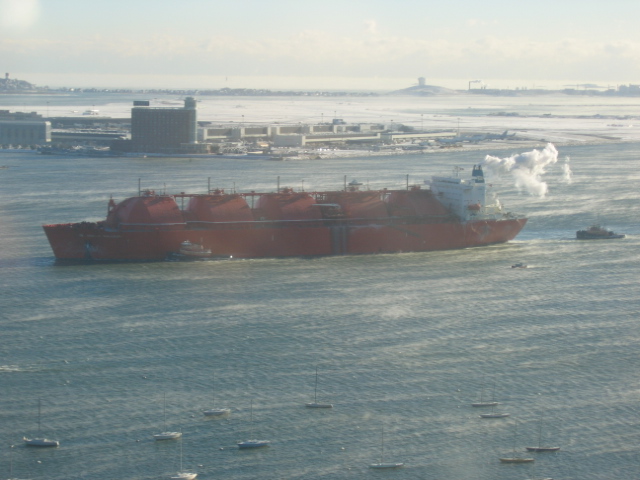By Tim Daiss | February 2, 2020

Image by lightgraphs [1]
Now that the dust has settled over the recent signing of the Phase 1 trade deal between the US and China, its apparent that it has more hype than real teeth.
Per terms of the deal, China pledged to purchase $18 billion in US energy products, including liquified natural gas (LNG). The problem with China’s pledge is that it hasn’t removed a 25% tariff placed last year on US LNG imports – in effect, nullifying, at least in part, Beijing’s intent and sincerity.
Simply put, what Chinese firm would want to buy more US LNG with a whopping 25% tariff attached to it? None, unless cargoes from the US can be purchased through a secondary trader with the elimination of the cost prohibitive tariff.
“The U.S. doesn’t have a margin that would allow any country to charge 25%” above global prices, said Michael Smith, chief executive of Freeport LNG, referring to the tariff. Until that tax is removed, “it’s a non-starter,” he said, according to a Reuters report.
The quandary for the US LNG sector arising from the nearly two-year trade war remains. Many of the LNG project development proposals of the so-called second wave of US LNG infrastructure buildout need to sign long, or at least mid-term, offtake agreements with Chinese firms so they can reach the all important final investment decision (FID) needed to go forward.
Without both offtake agreements as well as possible Chinese financing many of these projects will never be built – jeopardizing US chances of bypassing both Qatar and Australia to become the world’s top LNG producer by the mid part of the decade.
The ball is also in China’s court as far as LNG is concerned since global LNG markets are awash in the super-cooled fuel and will be until the mid-part of the decade or even further, putting prolonged and immense downward pressure on prices in the spot market, which has a knock-on effect of also forcing LNG producers to consider renegotiating existing long term offtake agreements currently linked to a Brent crude oil indexation, especially in the Asia-Pacific region, which accounts for around two-thirds of global demand.
Slowdown in Chinese economic growth, both due to the trade war and now the impact of the coronavirus, will also see global economic growth take a hit, thus less need for LNG imports. In fact, due to warmer temperatures again this year in North Asia, Chinese firms have been also trying offload cargoes on the spot market.
Spot prices for LNG in Asia are already trading near ten year lows, with the possibility that they could dip beneath the psychologically important $3/MMBtu price point – a price that will see many producers scramble to cover costs, while some will simply forgo cargo deliveries entirely to avoid loses.
The way out for LNG markets is hard to discern at this time since even more global liquefaction capacity will come online this year, especially in the US, but the removal of Chinese tariffs on US LNG would be a good place to at least start.
- Market Thoughts On A Saturday Morning As Virus Ravages China [2]
- DOD Refuses To Comment On West Point Cadets Being Forced To Watch Culturally Marxist Propaganda [3]
This piece originally appeared on CreativeDestructionMedia.com [4] and is used by permission.